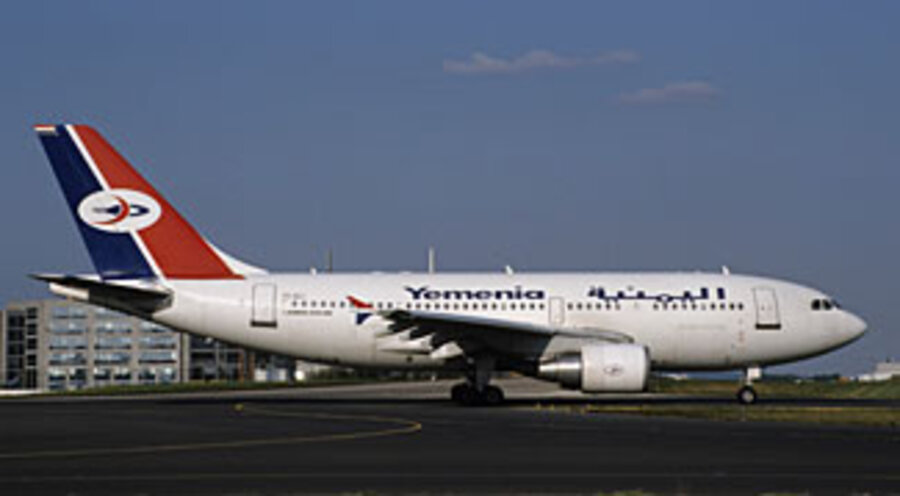Will second crash in one month hurt Airbus image?
Loading...
| New York
The second Airbus jet crash in the past month has created a public relations challenge for a company that has so far had a good reputation for safety.
Early Tuesday, a Yemenia Air Airbus 310 went down with 153 people on board near the Comoros islands in the Indian Ocean in stormy weather. Searchers have rescued one child so far.
A month ago, an Air France Airbus 330 apparently broke up over the Atlantic Ocean on a routine flight from Rio de Janeiro to Paris. All 228 people on board perished. The accident is still under investigation, but initial evidence indicates that speed sensors may have malfunctioned, sending faulty information to one of the plane's flight computers.
It's too early to speculate on the cause of Tuesday's crash, but French air safety authorities say the aircraft was inspected in 2007 and found to have "a certain number of faults." They did not say whether the faults were structural, mechanical, or computer-related.
The Airbus has a good reputation for safety, but the recent accidents and reports about other problems "certainly can't help," says Robert Mann, president of RW Mann & Co., aviation consultants in Port Washington, N.Y. But Mr. Mann also notes that there are only four manufacturers of large commercial jets, so when there's an accident just a few names get scrutinized.
"Given the increasing amount of flight activity around the world, one would expect, just on a statistical basis, an increased number of such incidents," says Mann. "It's sad, but it's statistically likely. The best we can do is to try to push down that statistical likelihood."
The June 1 Air France crash raised questions about the complexity of the Airbus's computerized flight control system. In the US, the National Transportation Safety Board (NTSB) is investigating two recent incidents in which computer malfunctions may have caused what pilots call "uncommanded movements." Last year, two Qantas Airlines Airbus 330s also experienced uncommanded nose-down pitches. Nine months before that, in January 2008, an Air Canada Airbus 319 "experienced a sudden upset when it rolled uncommanded," according to an NTSB report.
The Air France crash has also raised questions about the reliability of composite materials used in some of the plane's components. The Federal Aviation Administration (FAA) just released a draft advisory of new factors for inspectors to consider when examining the safety of these materials. The FAA says it is issuing the advisory because the current list of factors dates back to 1984.
An Airbus spokesman notes that there are 18,000 Airbus flights a day now.
"That's the equivalent of about one aircraft taking off every five seconds, 24 hours a day, 365 days a year," says Justin Dubon, an Airbus spokesman. "There's a huge number of flights every day. So while aircraft accidents are incredibly appalling, like the cases we've just had, fortunately they're still very rare."
Safety is "the No. 1 priority" of Airbus, he adds. "It's in everybody's best interests to put safety first."





